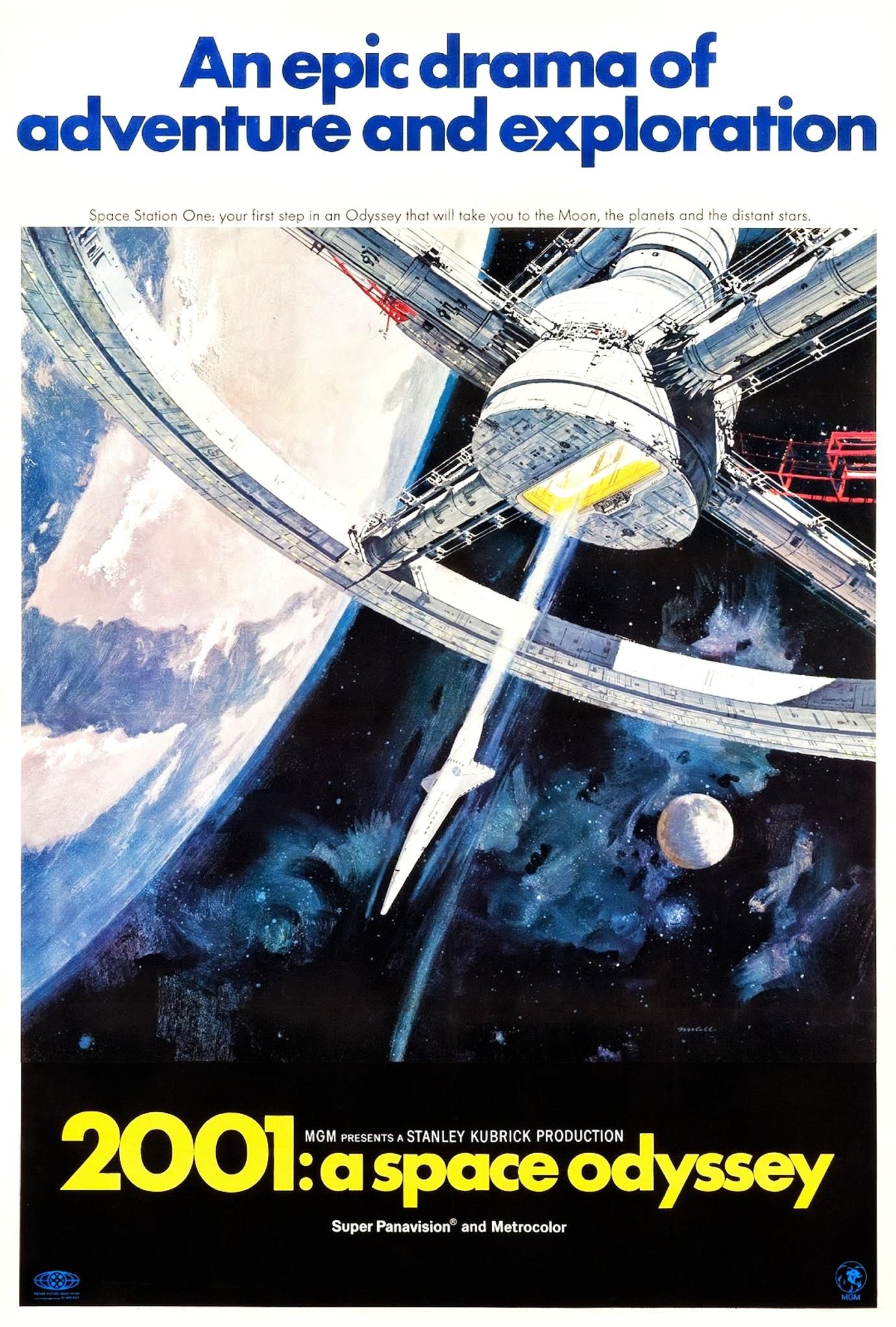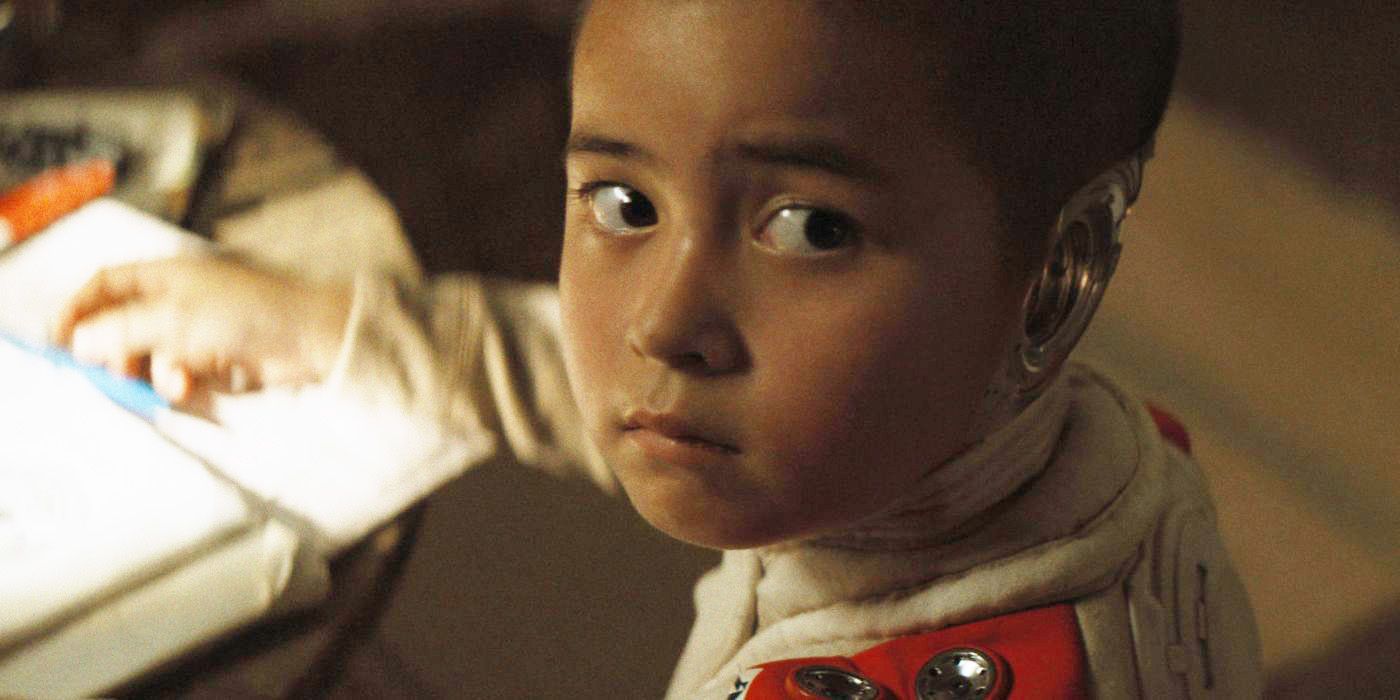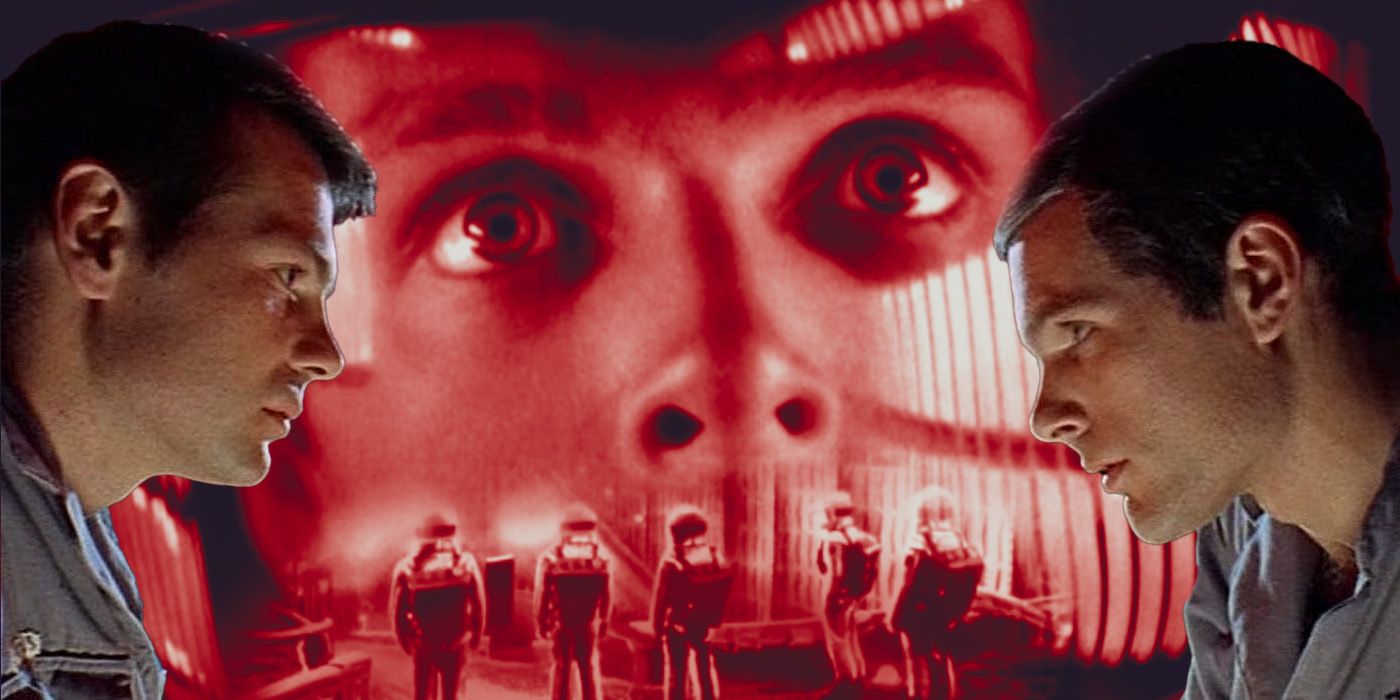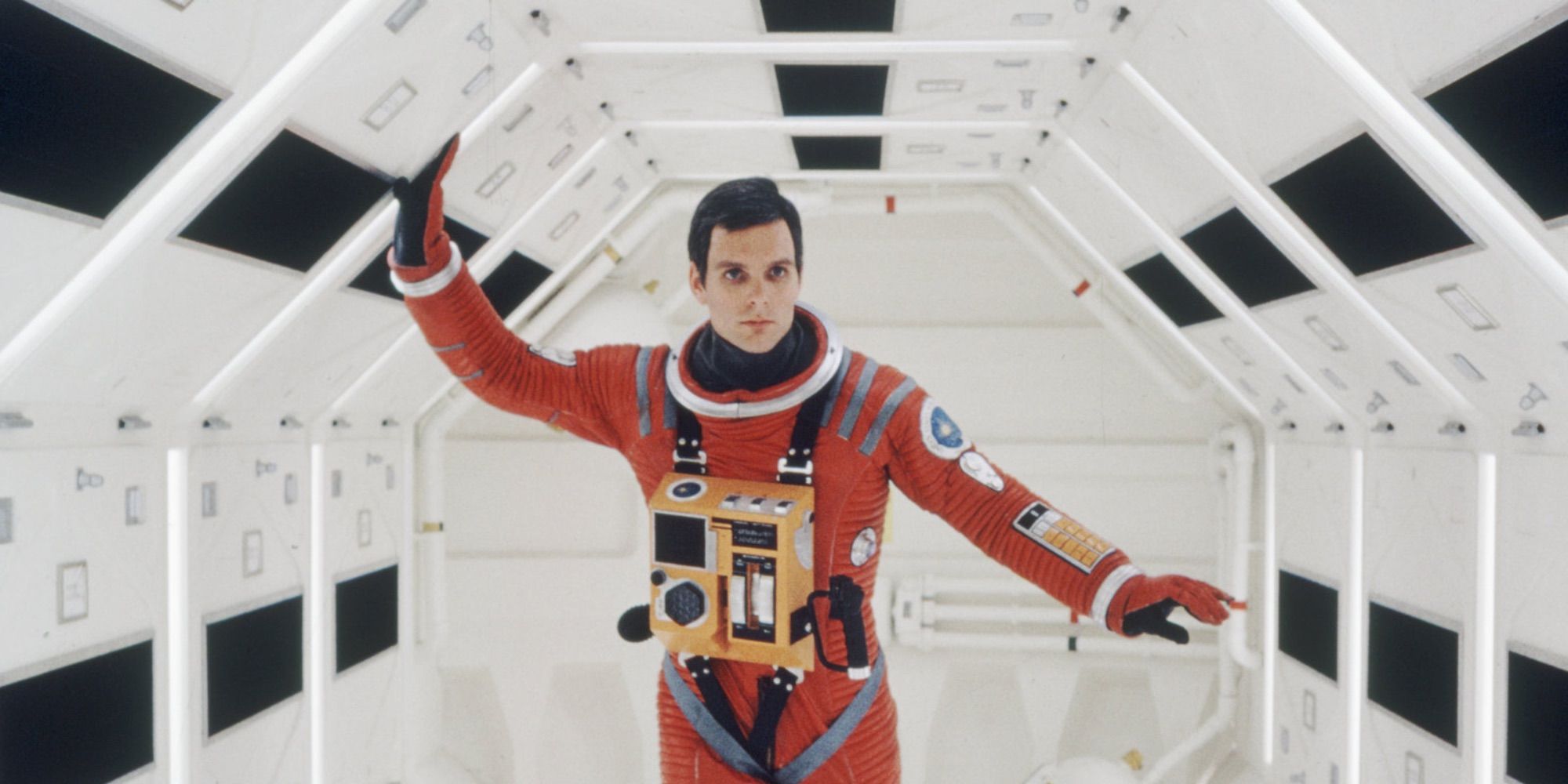The Big Picture
- 2001: A Space Odyssey is a multi-genre film that explores dichotomies between humans and machines, humans and space, and the self.
- The monolith in the film represents a stage in evolution, with artificial intelligence realizing that eliminating humans is the best path to success.
- The film's ending, with Dr. Bowman aging and transforming into a fetus, suggests that he is being studied by god-like entities and ultimately transformed into a superhuman being.
2001: A Space Odyssey, directed by Stanley Kubrick, is a sci-fi film, a thriller, an interpersonal drama, an origin narrative, and a horror story. The dichotomies at play in the film are varied: between human and machine, human and space, human and human, and the self and the self. For over half a century, Kubrick's film has been discussed, explored, and a frequent subject of conversation for cinephiles. But how does 2001: A Space Odyssey end?

2001: A Space Odyssey
After uncovering a mysterious artifact buried beneath the Lunar surface, a spacecraft is sent to Jupiter to find its origins: a spacecraft manned by two men and the supercomputer HAL 9000.
- Release Date
- April 2, 1968
- Director
- Stanley Kubrick
- Cast
- Keir Dullea , Gary Lockwood , William Sylvester , Daniel Richter , Leonard Rossiter , Margaret Tyzack
- Runtime
- 141
- Main Genre
- Adventure
- Writers
- Stanley Kubrick , Arthur C. Clarke
- Studio
- Warner Bros.
- Tagline
- The Ultimate Trip.
What Is '2001: A Space Odyssey' About?
2001: A Space Odyssey opens with a group of hominids four million years ago as they discover weaponry in the form of a bone, and through this new tool, seem to discover competition and violence. In these early sequences, a monolith appears, an ominous, large structure, which confounds the hominids, appearing almost to signal the next step of evolution.
After this opening with the hominids, the film jumps forward in time to a group of astronauts who are sent to investigate a monolith that has been found in space. The computer system, HAL, guiding the spaceship, turns against the astronauts. HAL is successful at killing off most of the team, but astronaut Dr. David Bowman (Keir Dullea) survives and disconnects HAL to take control of the ship from the A.I.
What Does the Monolith in '2001: A Space Odyssey' Represent?
The reappearing monolith in 2001: A Space Odyssey represents yet another stage in evolution, as artificial intelligence questions what is best for mankind, and realizes that the best tactic for success is simply to wipe out the human component of the mission. Once Dr. Bowman takes solitary control over the spaceship after unplugging HAL, he discovers another monolith in space. Before he can investigate it, he gets pulled into a galactic tunnel, which leads to a dizzying, lengthy scene of refracted light, and special effects that feel ahead of their time.
What Happens at the End of '2001: A Space Odyssey'?
At the end of this journey, Dr. Bowman appears in an ornate bedroom, as he rapidly ages with each cut, turning Bowman from a young man to an old man on his deathbed. Eventually, when he seems close to dying, another monolith appears at the end of his bed. When he tries to touch it, his body turns into a fetus, and, switching back to space, we see the giant fetus floating next to Earth. What are we to make of this ambiguous ending?
What Does '2001: A Space Odyssey's Ending Mean?
In a 1980 interview with Jun'ichi Yaoi, Kubrick offers his interpretation of the film’s ending:
I try to avoid doing this ever since the picture came out. When you just say the ideas they sound foolish, whereas if they’re dramatized one feels it, but I'll try. The idea was supposed to be that he is taken in by god-like entities, creatures of pure energy and intelligence with no shape or form. They put him in what I suppose you could describe as a human zoo to study him, and his whole life passes from that point on in that room. And he has no sense of time. It just seems to happen as it does in the film. They choose this room, which is a very inaccurate replica of French architecture (deliberately so, inaccurate) because one was suggesting that they had some idea of something that he might think was pretty, but wasn’t quite sure. Just as we’re not quite sure what do in zoos with animals to try to give them what we think is their natural environment. Anyway, when they get finished with him, as happens in so many myths of all cultures in the world, he is transformed into some kind of super being and sent back to Earth, transformed and made into some sort of superman. We have to only guess what happens when he goes back. It is the pattern of a great deal of mythology, and that is what we were trying to suggest.
Let’s start at the beginning of Stanley Kubrick’s interview. We learn as soon as we see Dr. Bowman in the bedroom that we are in the POV of the creatures who placed him there. We are observing Dr. Bowman in his personal zoo, just as those shapeless, formless forces are. The shifting time isn't just confusing to the audience, it's confounding to Dr. Bowman as well. Is he moving at supernatural speeds towards the end of his life? Does he imagine he is moving faster, or slower than he actually is? He doesn’t have a solid sense of time, so it makes sense that neither do we.

How Stanley Kubrick's '2001: A Space Odyssey’ Influenced ’The Creator’s Runtime
"If you take longer telling your story, you're just not trying hard enough."The idea of the French-style furniture being an inaccurate replica itself, as well as a potentially inaccurate representation of what Dr. Bowman would like from the perspective of the amorphous creatures, is interesting. It creates a sense of multiplying dizziness, one that disorients Dr. Bowman, dislodging him from his surroundings. To Kubrick’s point about the zoo, whether animals’ spaces are created with intention, they are nonetheless imprisoned; so, too, is Dr. Bowman imprisoned, even amongst his bedroom’s material “comforts.”
Ultimately, the hominid sequence, the consistent monoliths, the rise and death of HAL, and the perturbing death and regeneration of Dr. Bowman indicate evolution, as a process, is much smarter and more persistent than any of the individual spirits, structures, or circumstances that function within it. That said, each of these sections in the film could exist independently, so there is a deep possibility for evaluation here. Kubrick’s creativity - and insistence to pose questions, not supply answers - make the film a diehard cinematic art that continues to challenge, perplex, and fascinate audiences over fifty years later.
2001: A Space Odyssey is available to stream on Max in the U.S.


